Water
The management of water brings many challenges. Many areas in Europe are already experiencing water stress. Extreme rainfall puts pressure on sewer systems and may cause harm to buildings if not led away efficiently. Frequent storms and rising sea levels can harm buildings and infrastructure, bringing up the need for smart water management solutions.
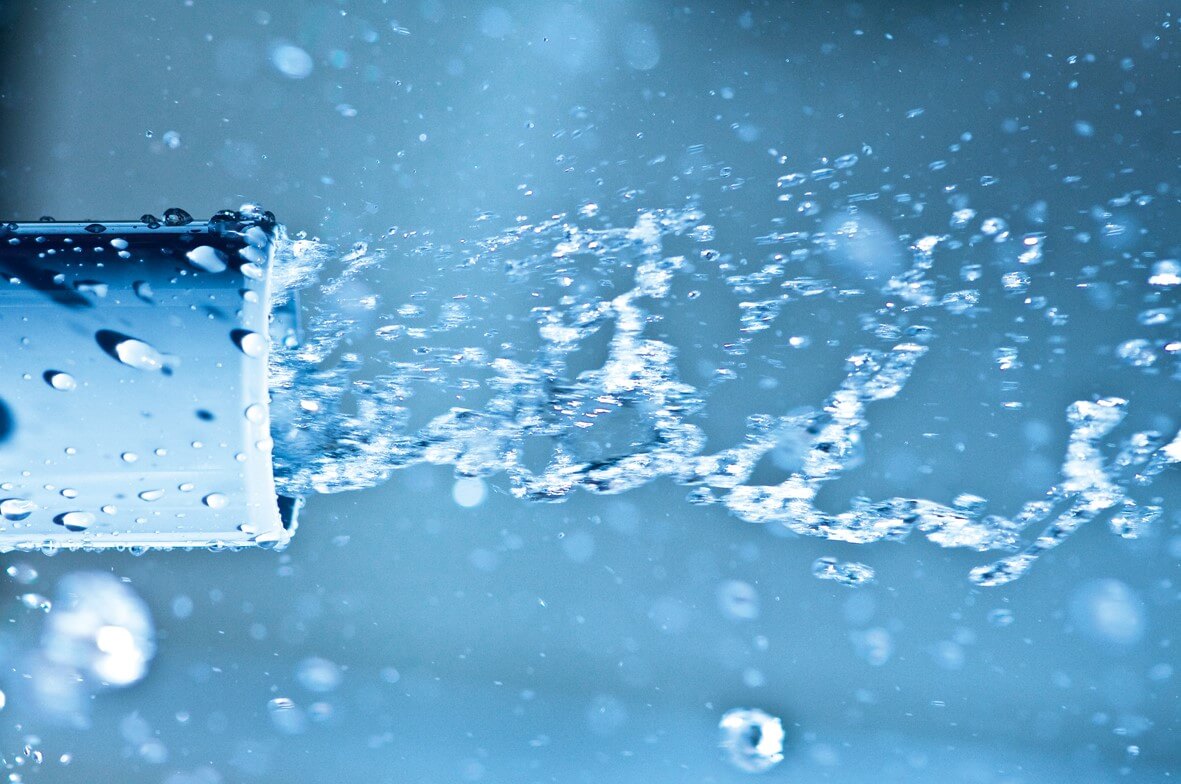
PVC pipes form our invisible infrastructure below ground
Water management requires robust piping systems, from the way we handle drinking water over soil and waste to sewage water. Piping systems are used in several areas for the transport of water: PVC-made water tubes transport the water safely from treatment plant to consumer. These are highly durable: studies from the US and Canada show PVC water mains have the lowest break rates of all common pipe materials. Leak-free PVC fittings also help to conserve water and keep costs down for utilities.
PVC pipes make sure greywaters leave the buildings we inhabit, and sewage pipes ensure transport to the wastewater treatment plant; here, wastewater is treated before reuse, or led to rivers or oceans.
PVC pipes are not only safe and durable. Data from several European countries confirm they have the lowest total cost of ownership: from purchase, installation, use, maintenance to disposal. This means utilities and consumers save money when choosing PVC pipes.
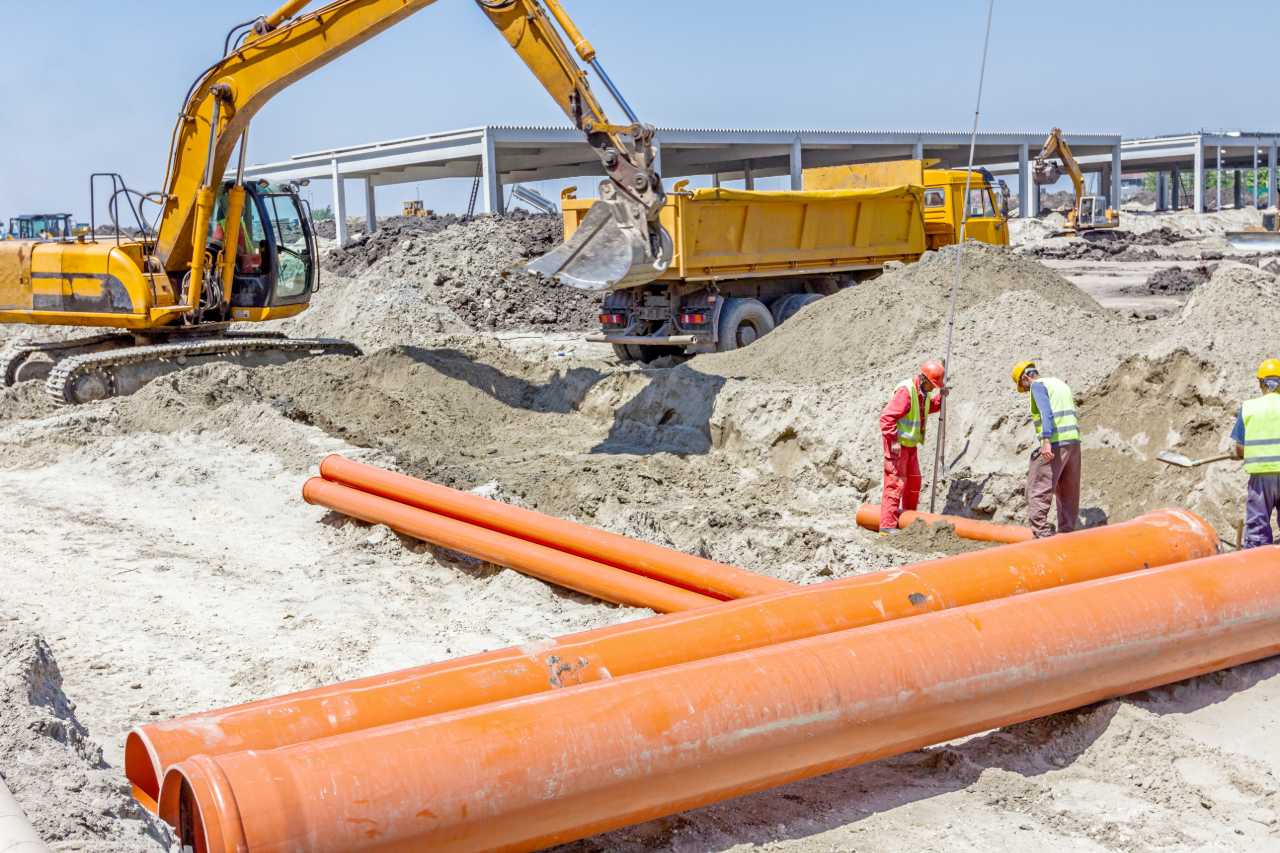
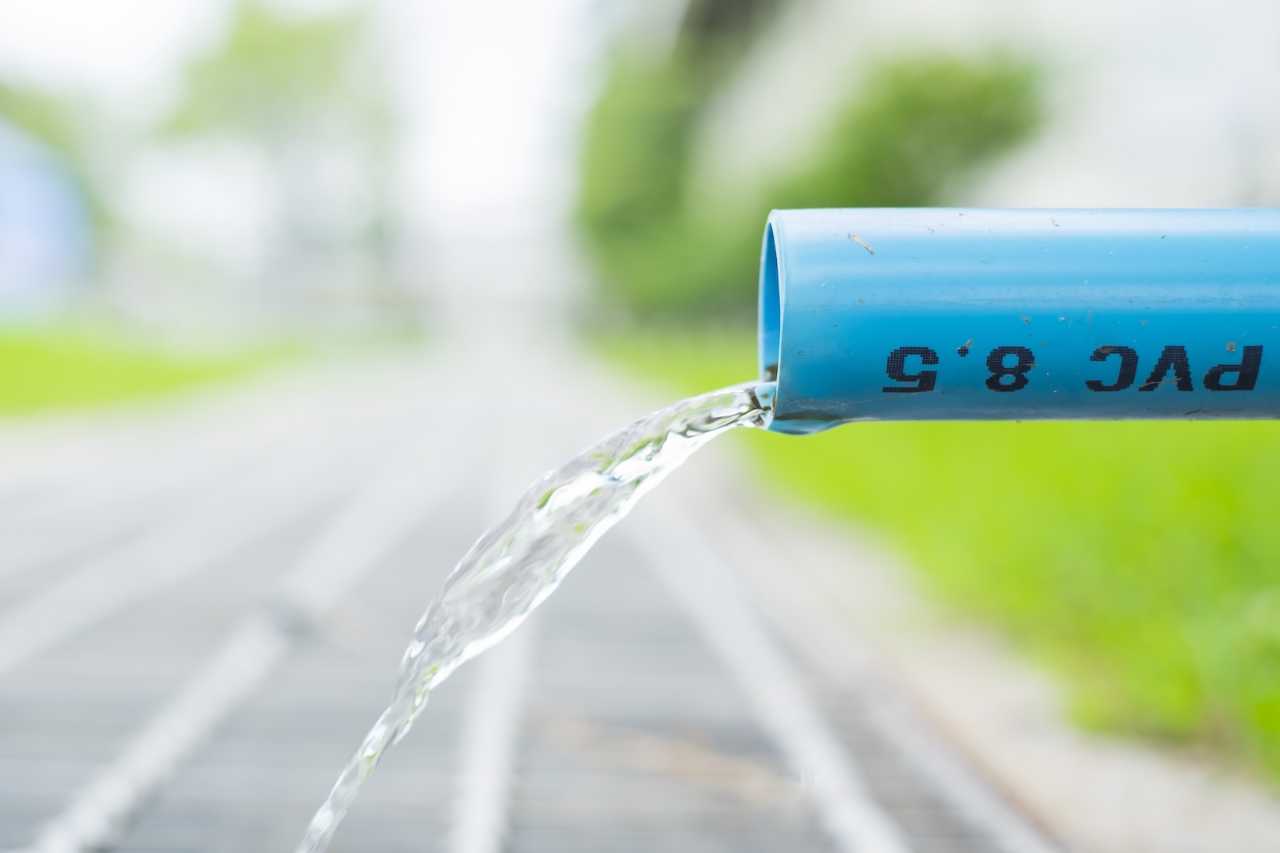
PVC pipes are also fit for the circular economy. They can be recycled many times without loss of technical properties, and many new three-layer sewer pipes contain recycled material from pipes and many other PVC products as the middle layer.
Last but not least, PVC pipes are also the best choice for the environment. Independent comparative LCA studies confirm that PVC pipes have a lower environmental footprint than traditional materials when it comes to global warming potential and other impacts.
PVC rain gutters protect buildings and infrastructures
Rain gutters are very simple in their design and operation: they carry water from the roof to the ground. However, this system helps protect buildings from serious water damage. With increasing rainfall due to climate change, reliable gutter systems will become more and more needed.
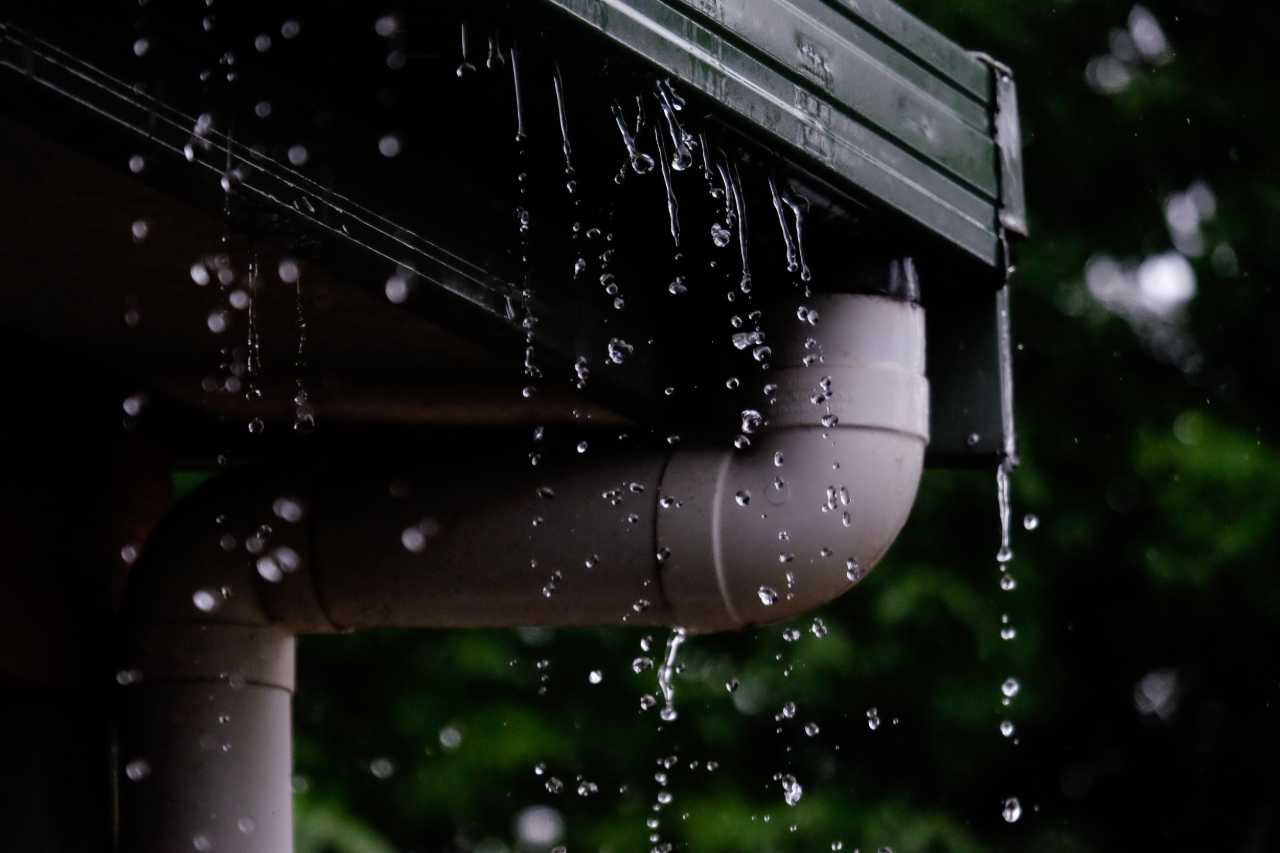
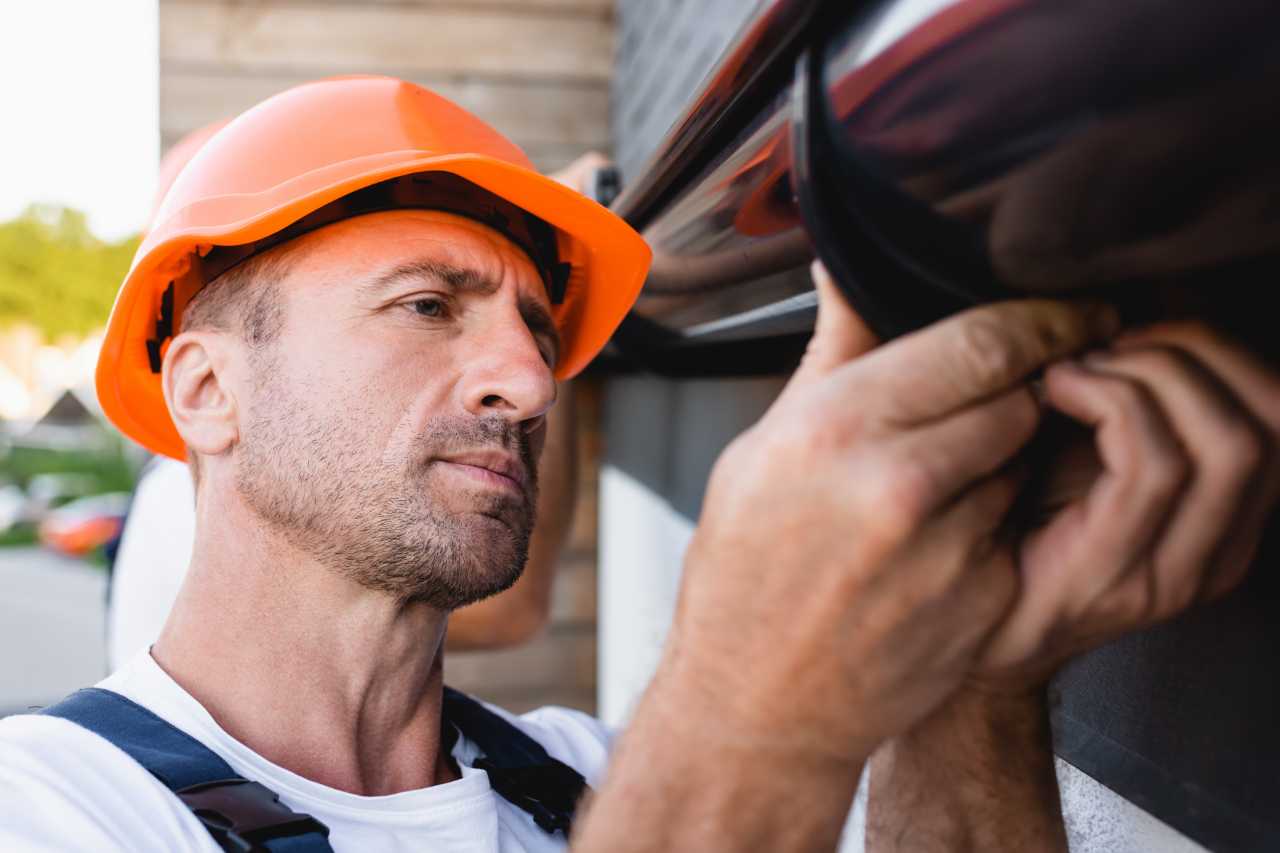
For many years, European building owners have benefited from PVC’s unique functional properties. PVC rain gutters and downpipes can withstand extremely low temperatures, salty air and air pollution. In contrast to other materials, they do not corrode or rust; and when the building is renovated, the gutters can be taken apart, crushed and recycled. Due to the material’s chemical composition, PVC gutters can be recycled repeatedly without any loss of quality.
Climate and environment also benefit from PVC rain gutters. Independent comparative LCA studies document that PVC gutters generally have a smaller environmental footprint than traditional materials such as zinc, galvanised steel, and aluminium.
Green roofs with PVC membranes control stormwater and conserve biodiversity
To relieve the pressure on the sewage system and avoid flooding in case of extreme rainfall, it is necessary to control the flow of water from roofs. Green roofs absorb a large proportion of the precipitation that falls on them, thereby slowing the flow to the sewer or the stormwater network.
To protect the building from water ingress, a PVC membrane is often found under the plants. The membrane is able to withstand heavy pressure and keeps the building dry for many years. In addition to reducing stormwater runoff, green roofs help relieve the urban heat island effect, absorb CO2, and provide a much needed natural habitat for a number of species.

What is Ramboll saying?
PVC pipes turns arid areas into farmlands
With climate change comes change in rainfall. Some areas of Europe are already experiencing periods of droughts, putting pressure on water resources. At the same time, urbanisation is turning farmland into cities. The growing global population also means we must produce more food on less land. Irrigation is a way to turn arid soil into fertile land, avoid depopulation and increase crop yields.
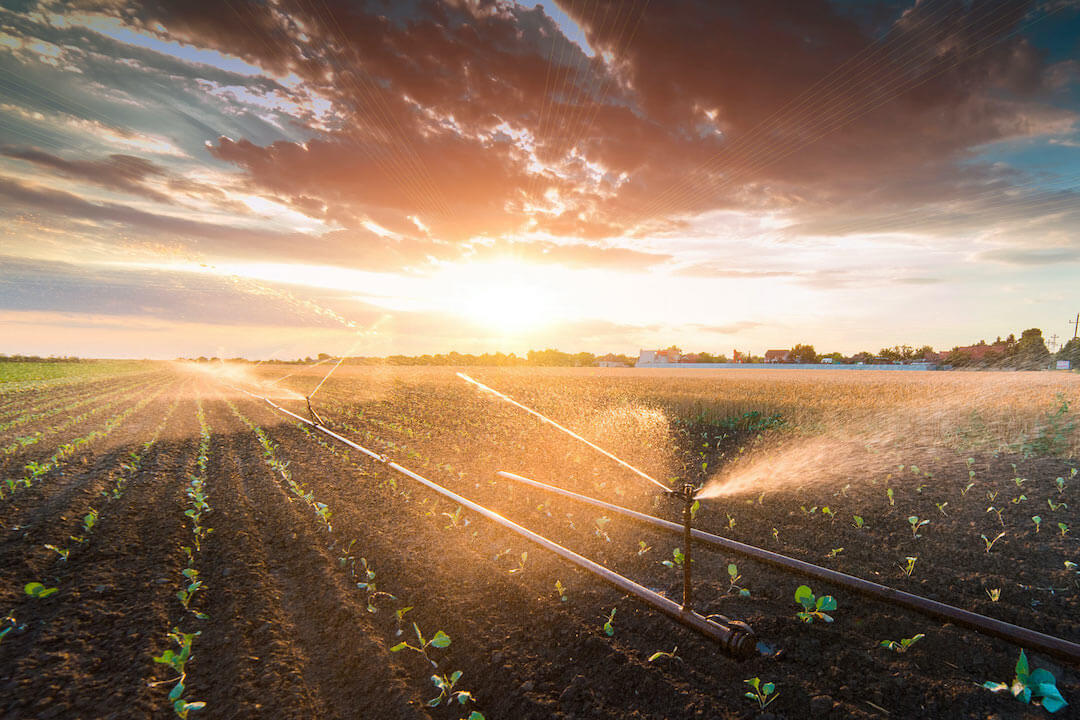
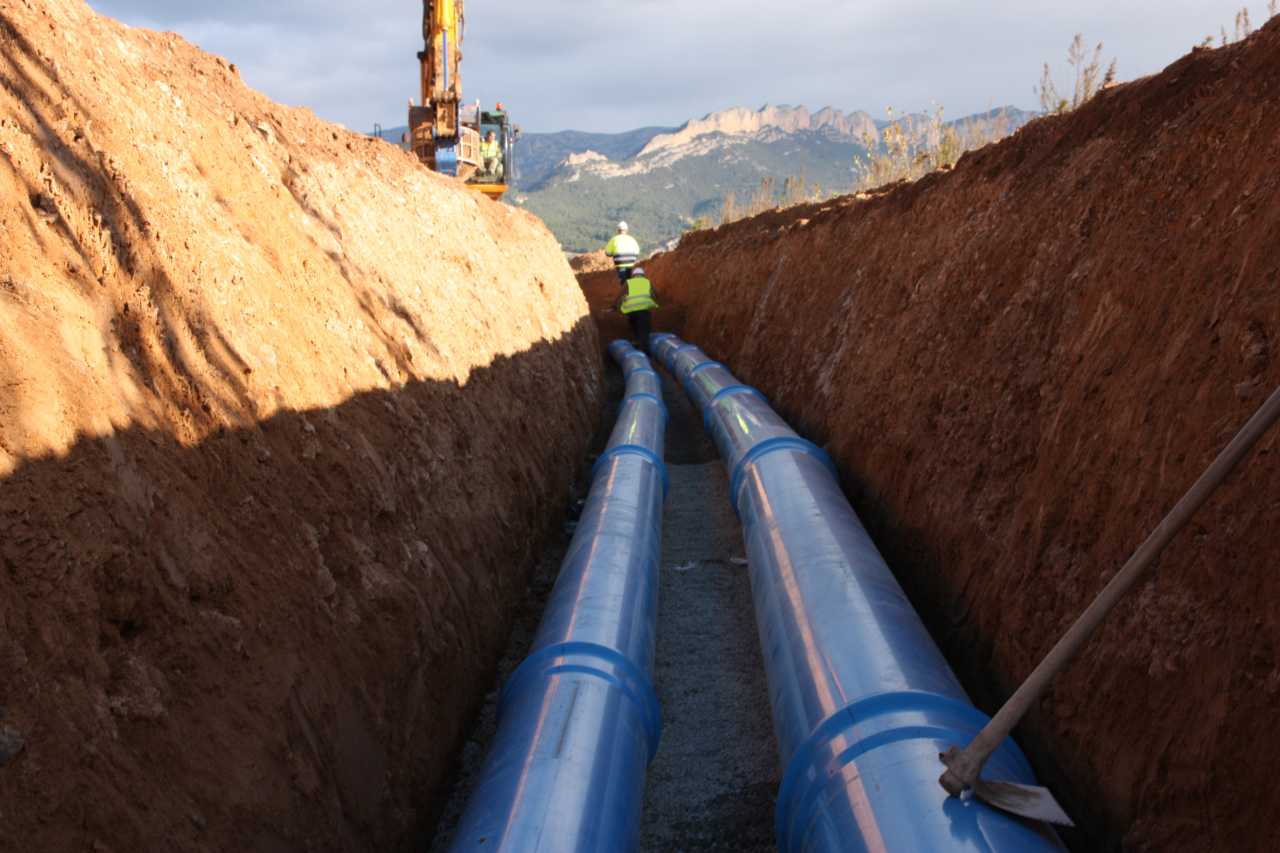
PVC irrigation pipes have already shown their worth in bringing valuable water to arid areas, for instance in the large-scale project to irrigate 2,700 hectares in the Valdavia River area in Spain. Due to the pipes’ flexibility and ability to withstand high pressure, it was possible to create an irrigation system that makes use of the terrain and natural slopes and hence does not require electricity to move the water.
What is Ramboll saying?
Mobile and reusable PVC flood barriers protect our cities
Traditional emergency response to flooding is often costly, time-consuming, and difficult to manage. For example, sandbags require transport of substantial quantities of sand to the flooded areas. By the time the sandbags have been filled, the damage has often already been done. When water rises, we need to protect our buildings quickly and efficiently. Due to its functional strength and flexibility, flexible PVC is the ideal material for flood barriers that can be rolled out and used at short notice, without the need for tools or specialist staff, providing a protective barrier and preventing water ingress.
Today, flexible PVC is widely used in the manufacture of climate management equipment such as mobile flood defences to protect against cloudbursts, storms and other phenomena that cause elevated water levels – and these mobile PVC flood defences can be packed up and reused as needed.
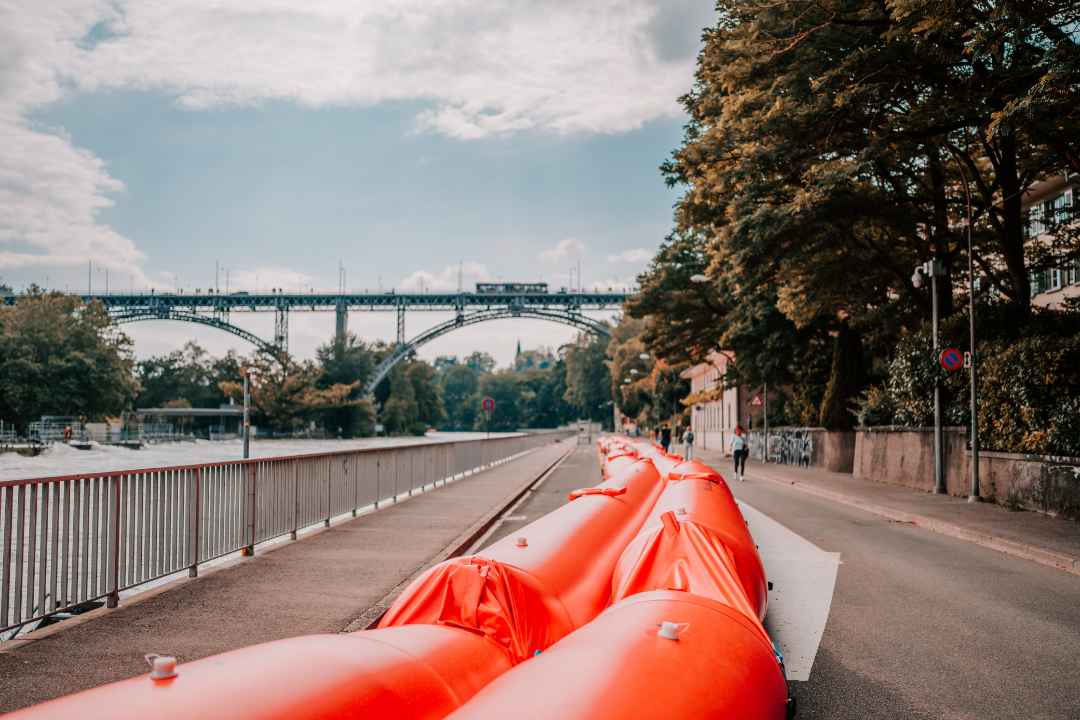
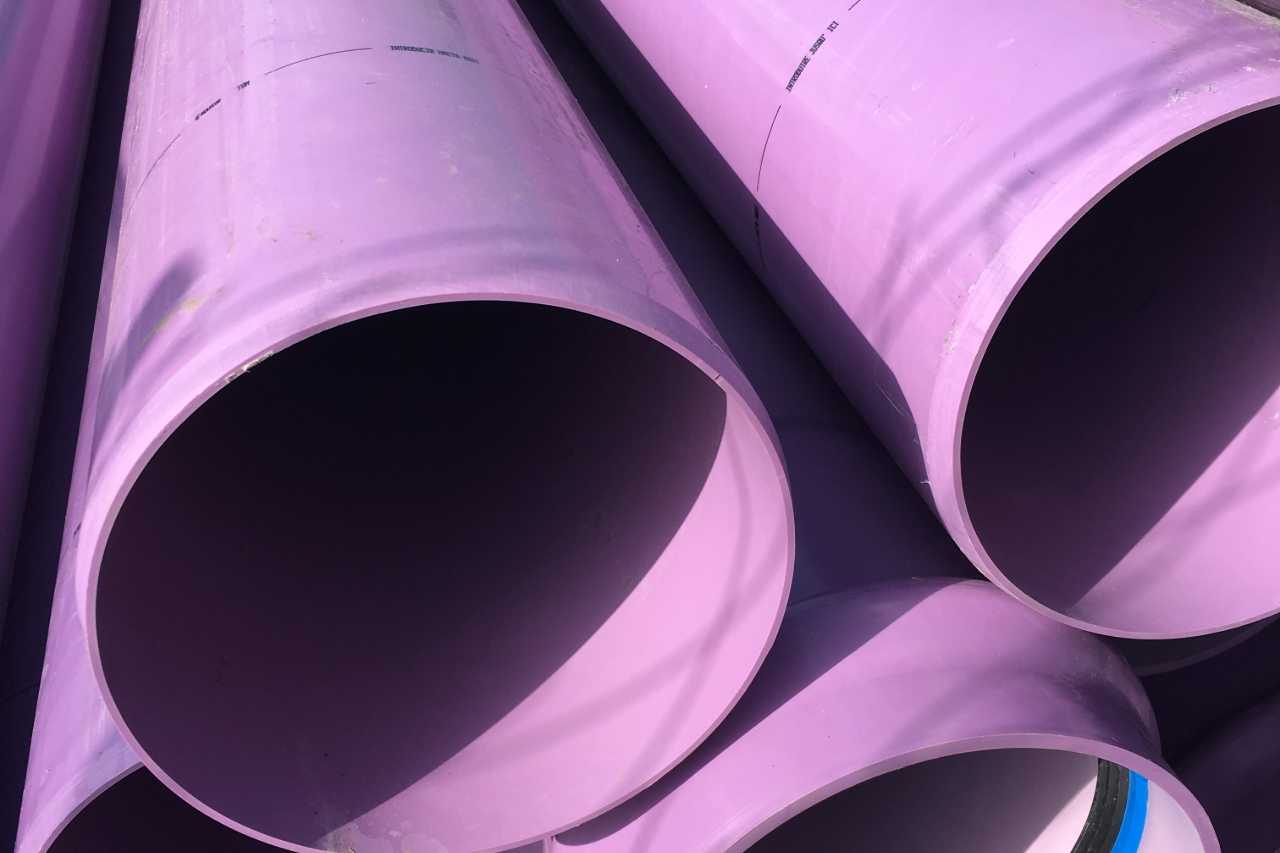
Reused water flows through PVC pipes
Around Europe, kilometre after kilometre of purple-coloured PVC pipes are being put in the ground. The durable and corrosion-free pipes ensure that treated wastewater find beneficial use. It can help the farmer maintain a steady water supply during peak demands, keep urban spaces green or resupply the aquifer.
Over the past thirty years, droughts have dramatically increased in number and intensity in the EU. To date, around 11% of the European population and 17% of its territory have been affected by water scarcity. In the future, these figures are likely to rise.
Treated wastewater reuse is part of the solution to provide enough water. At global level, the UN Sustainable Development Goal on Water (SDG 6) targets a substantial increase in recycling and safe reuse globally by 2030, and the the maximisation of water reuse is a specific objective in the European Commission’s Communication “Blueprint to safeguard Europe’s water resources“. Already today, Cyprus and Malta reuse more than 90% and 60% of their wastewater respectively. In other European countries, there is a huge potential.
PVC reservoir covers conserve water and generate energy
There are great variations in rainfall between Northern and Southern Europe. Since the 1960s, Northern Europe has seen an increase in precipitation, while many parts of Southern Europe experience droughts. Due to climate change, these differences will likely be exacerbated in the coming decades, leading to increased water stress in Southern Europe.
Water reservoirs already supply many European households, farms, factories and businesses with clean water. To prevent evaporation and algae growth, PVC covers can be seen on many reservoirs. The tough PVC foil is easy to weld together and can last 20 years or more.
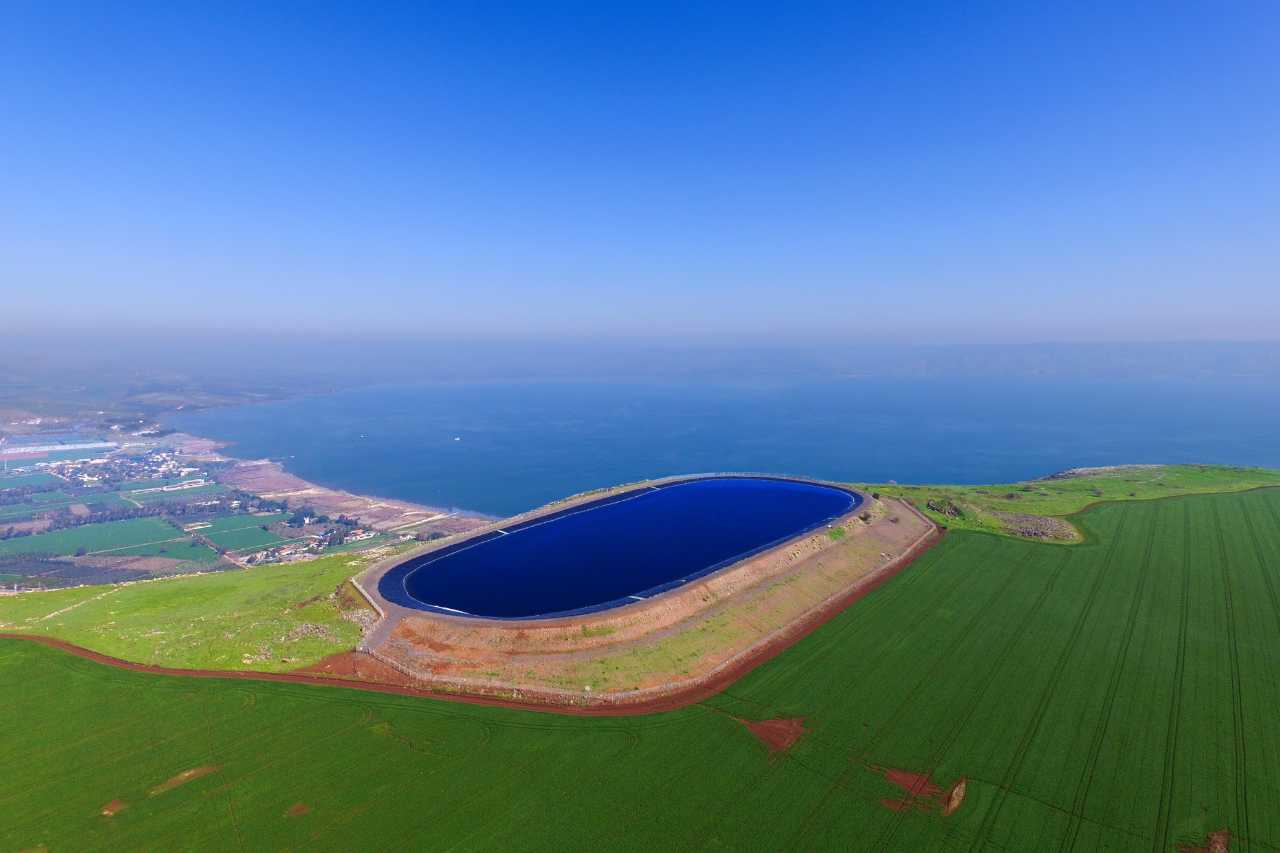
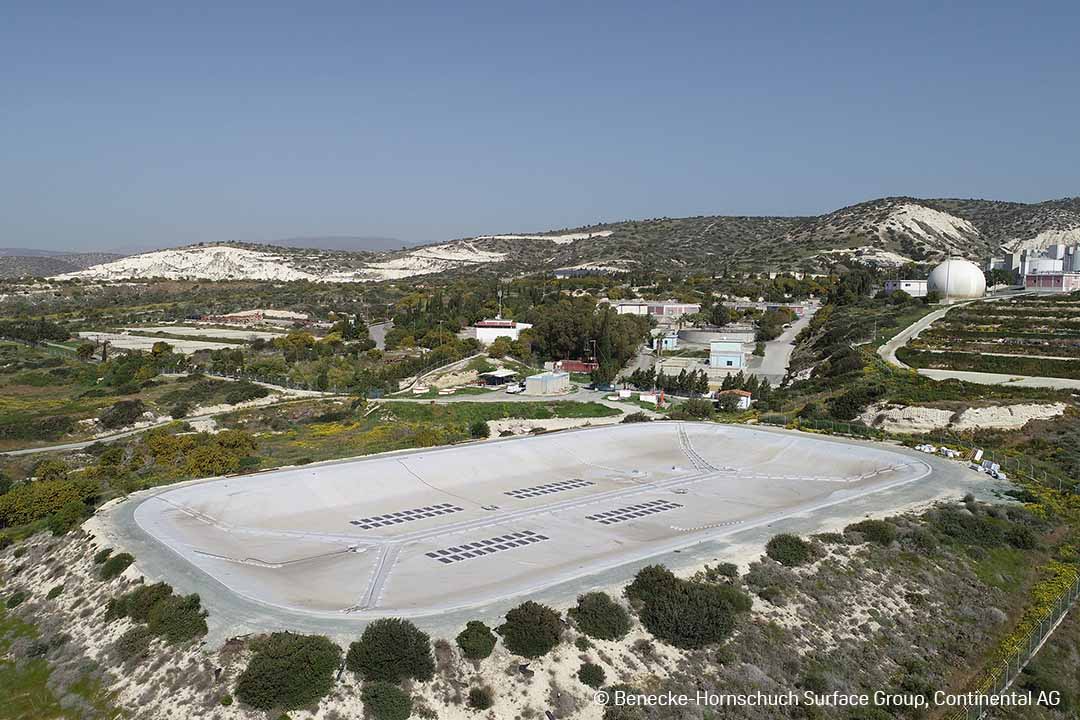
In recent years, innovations in PVC membrane technology have brought new breakthroughs. It is now possible to laminate the PVC with thin-film solar panels, which make the reservoir a net producer of renewable energy. In remote areas of Europe the solar panels are particularly advantageous, as the water reservoir can generate electricity for local drinking water processing plants, wastewater treatment, irrigation, and livestock.
